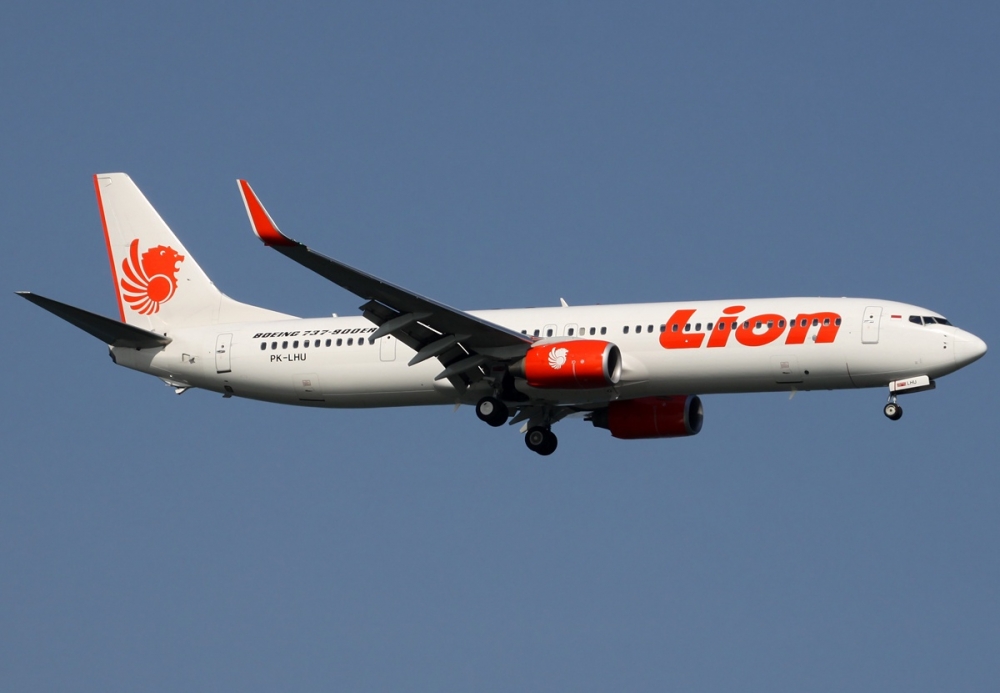New theory in Lion Air disaster
30 October, 2018
2 min read
By joining our newsletter, you agree to our Privacy Policy


Australian aircraft engineers suggest a new theory on the Lion Air disaster saying that the Boeing 737 MAX suffered rear elevator problems on its previous flight
According to the engineers, the aircraft's tech log shows a record of a problem with "elevator feel and control" on the last flight the day before the tragedy that claimed 189.
Any serious issue with the rear elevator would account for the sudden high-speed crash into the sea with speeds reaching 560km/h.
What is also known is that the Lion Air 737 MAX also had control problems relating to erratic speed and altitude data the day before, similar to those seen just after the fatal flight took off.
According to Aviation-Safety.net, ADS-B (transmitted from the aircraft) data of the flight, captured by Flightradar24 and FlightAware, showed erratic values. The aircraft made a climbing left-hand turn after takeoff. Shortly after passing the ADS-B reported altitude of 2100 feet, data points briefly show a lower altitude of around 1475 feet," the website reported.
"Altitude data sent via ADS-B continue to show an erratic pattern, varying roughly between 4500 and 5350 feet, The values then rapidly decline until contact is lost at 06:32 hours."
Aviation-Safety.net said that "the previous flight of the accident aircraft, JT043 from Denpasar, showed similar erratic values in altitude and airspeed after takeoff. After 8 minutes the values stabilized."
A log entry cited by AirlineRatings.com shows "airspeed unreliable and alt disagree shown after take off. It adds that the Captain's instrument was unreliable and handover control to FO."
Lion Air has confirmed that the aircraft had a "technical problem" on the previous flight, "which had been resolved according to the procedure.”
The copy of the tech log that is circulating on media apparently shows that the Pitot Tube and Static Port, which provide airspeed and altitude data to the cockpit instruments and computers, were examined and checked.
Put simply a pitot-static system is a system of pressure-sensitive instruments that are used in aviation to determine an aircraft's airspeed, altitude, and altitude trend.
Next Article
3 min read
Virgin gets nod for Tiger deal

Get the latest news and updates straight to your inbox
No spam, no hassle, no fuss, just airline news direct to you.
By joining our newsletter, you agree to our Privacy Policy
Find us on social media
Comments
No comments yet, be the first to write one.

